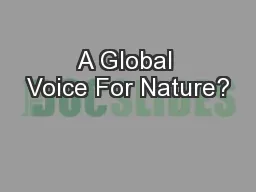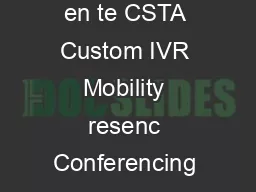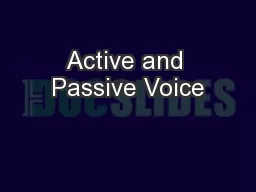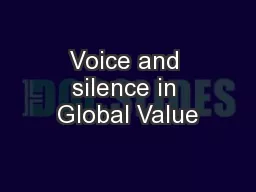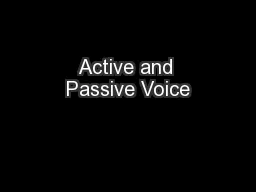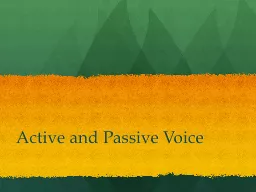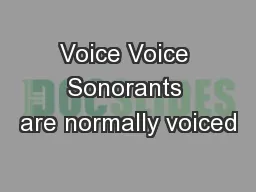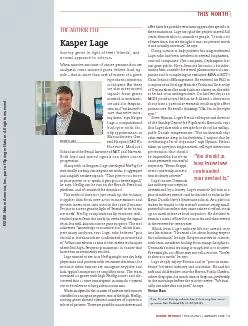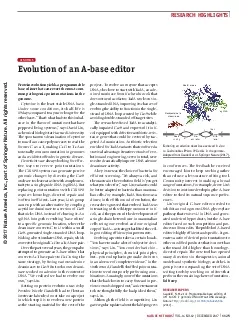PPT-A Global Voice For Nature?
Author : danika-pritchard | Published Date : 2017-04-27
English and the Scientific Journal Scott L Montgomery Author Affiliate Faculty Jackson School of International Studies UW This Talk How Global is English in Intl
Presentation Embed Code
Download Presentation
Download Presentation The PPT/PDF document "A Global Voice For Nature?" is the property of its rightful owner. Permission is granted to download and print the materials on this website for personal, non-commercial use only, and to display it on your personal computer provided you do not modify the materials and that you retain all copyright notices contained in the materials. By downloading content from our website, you accept the terms of this agreement.
A Global Voice For Nature?: Transcript
Download Rules Of Document
"A Global Voice For Nature?"The content belongs to its owner. You may download and print it for personal use, without modification, and keep all copyright notices. By downloading, you agree to these terms.
Related Documents

